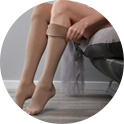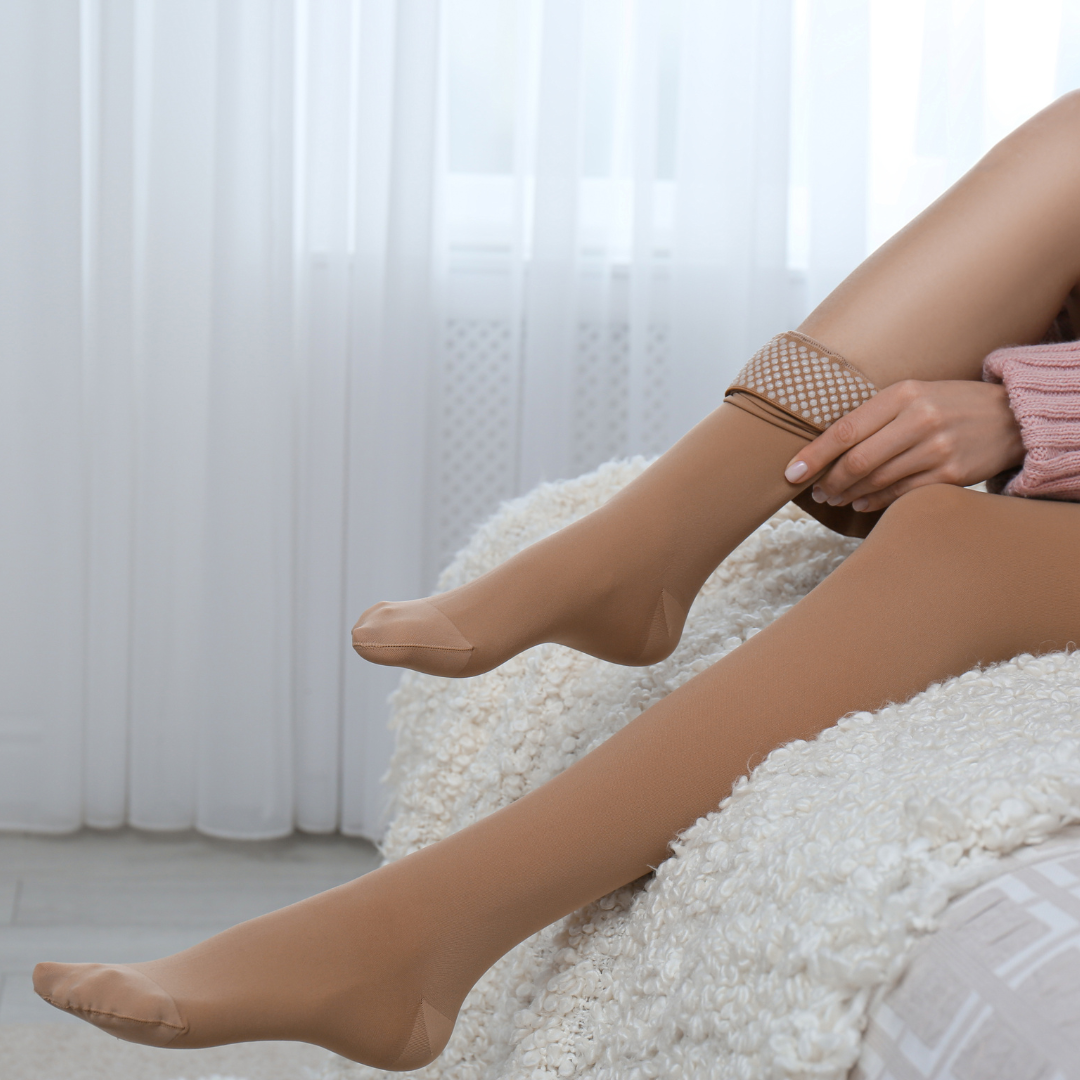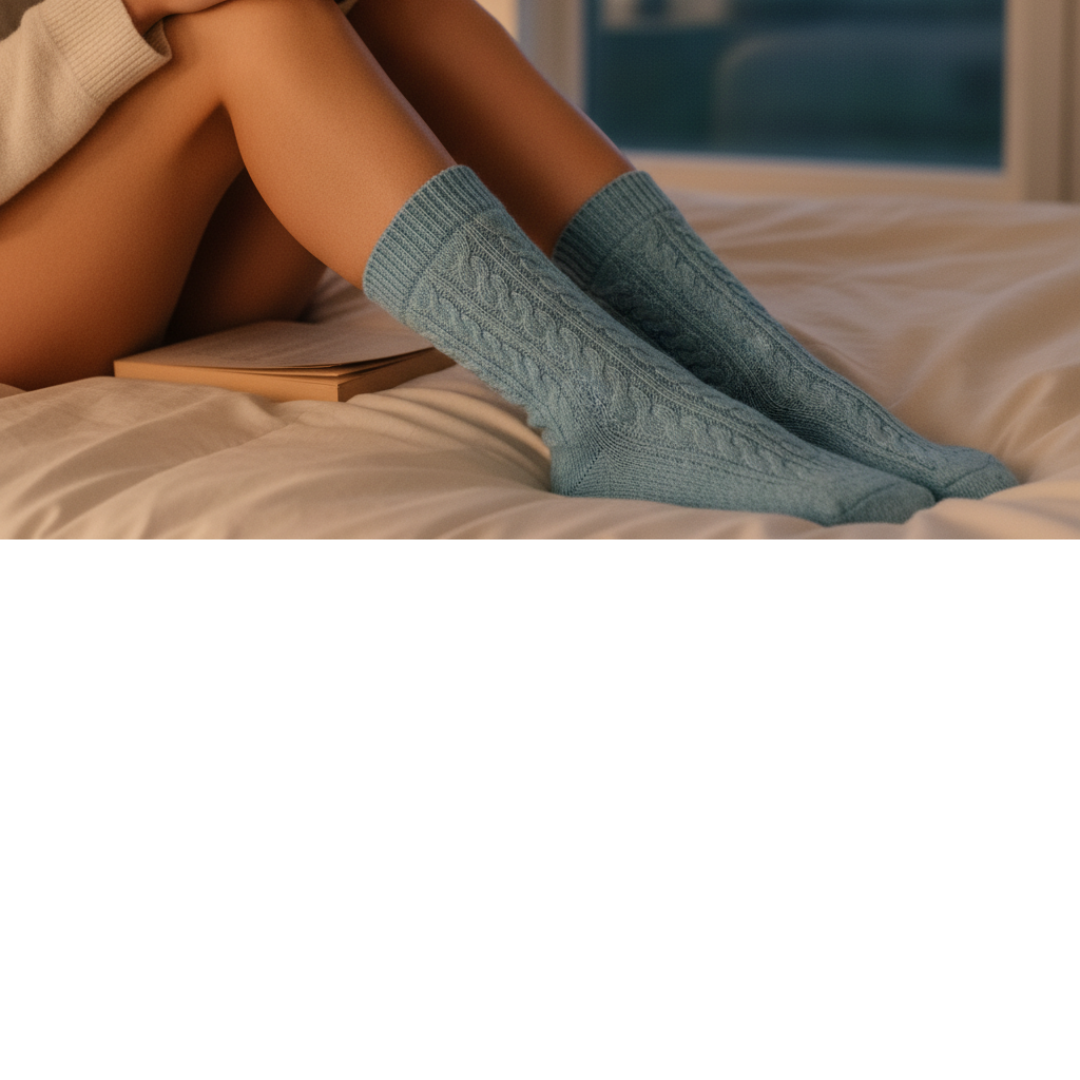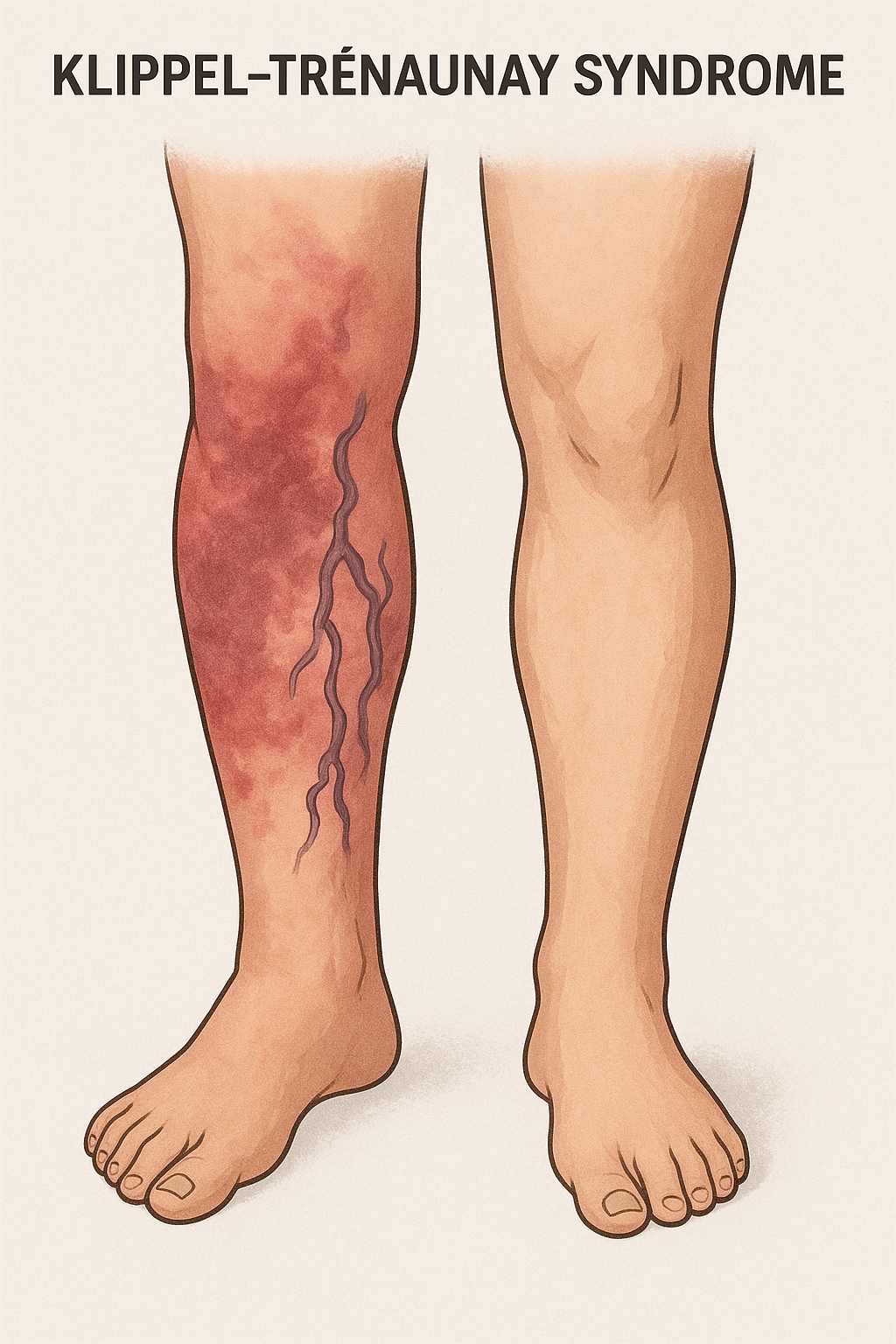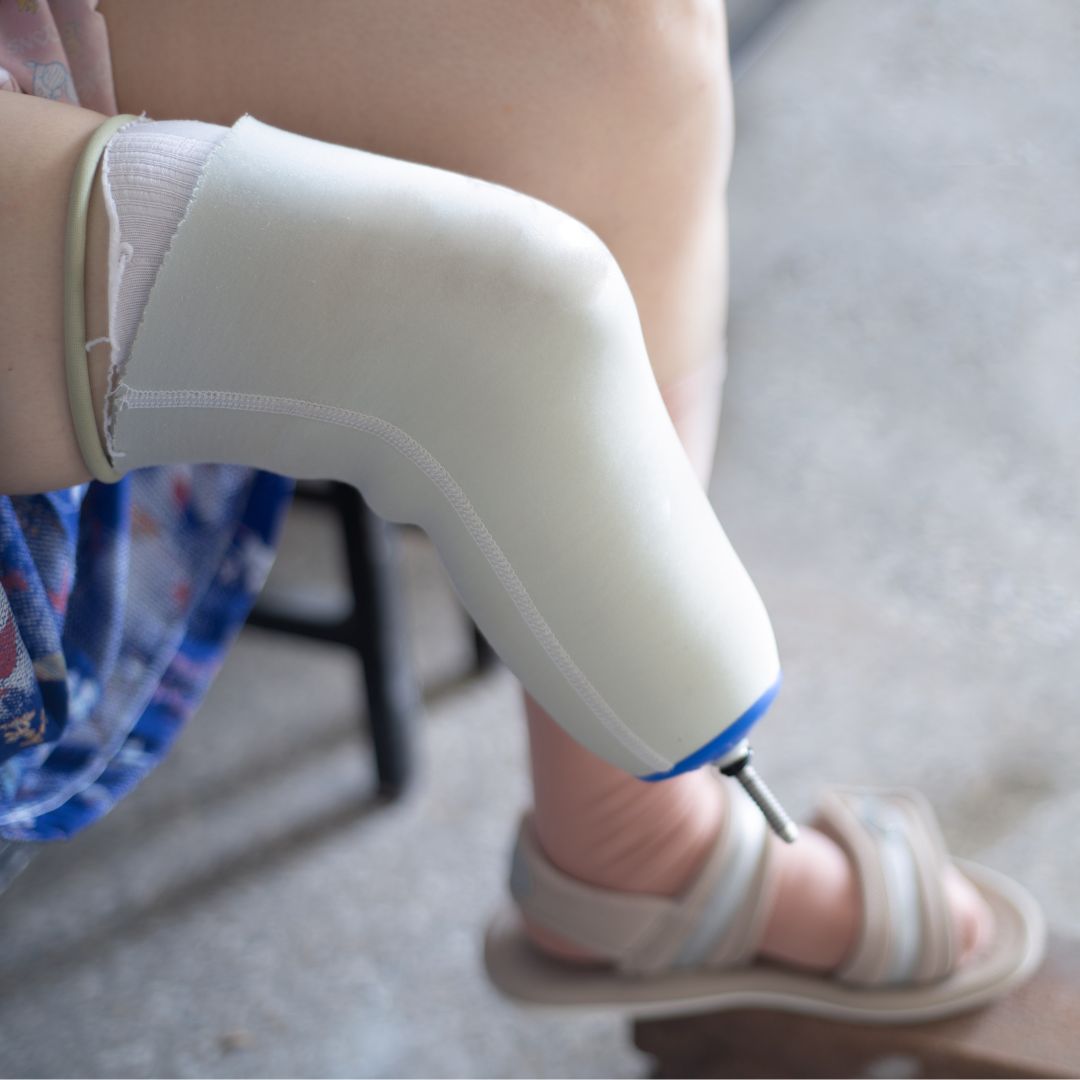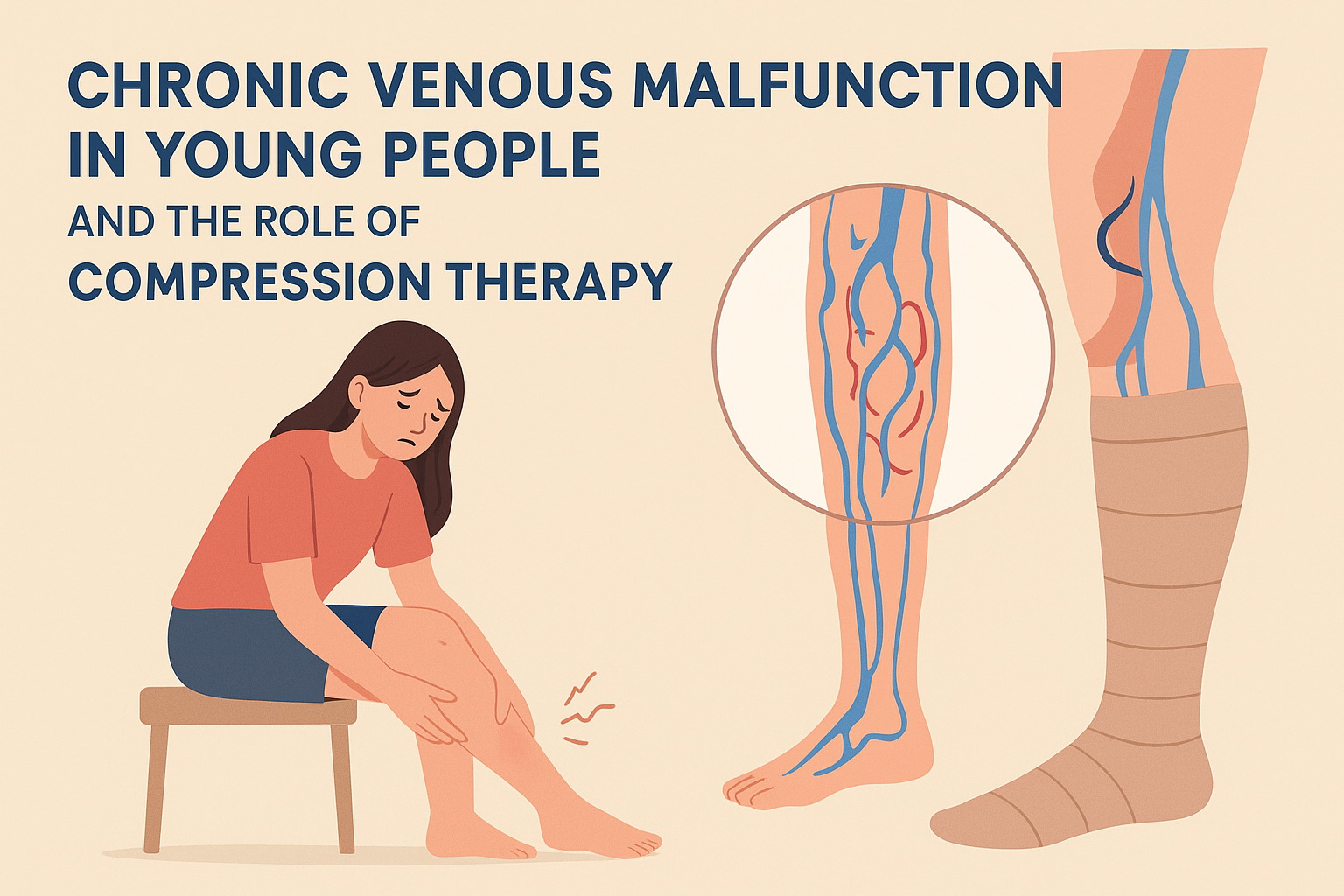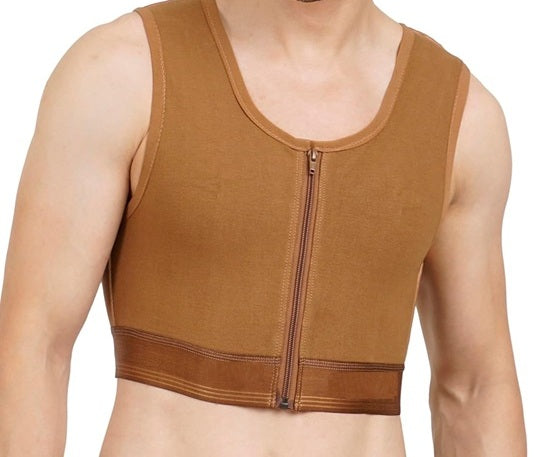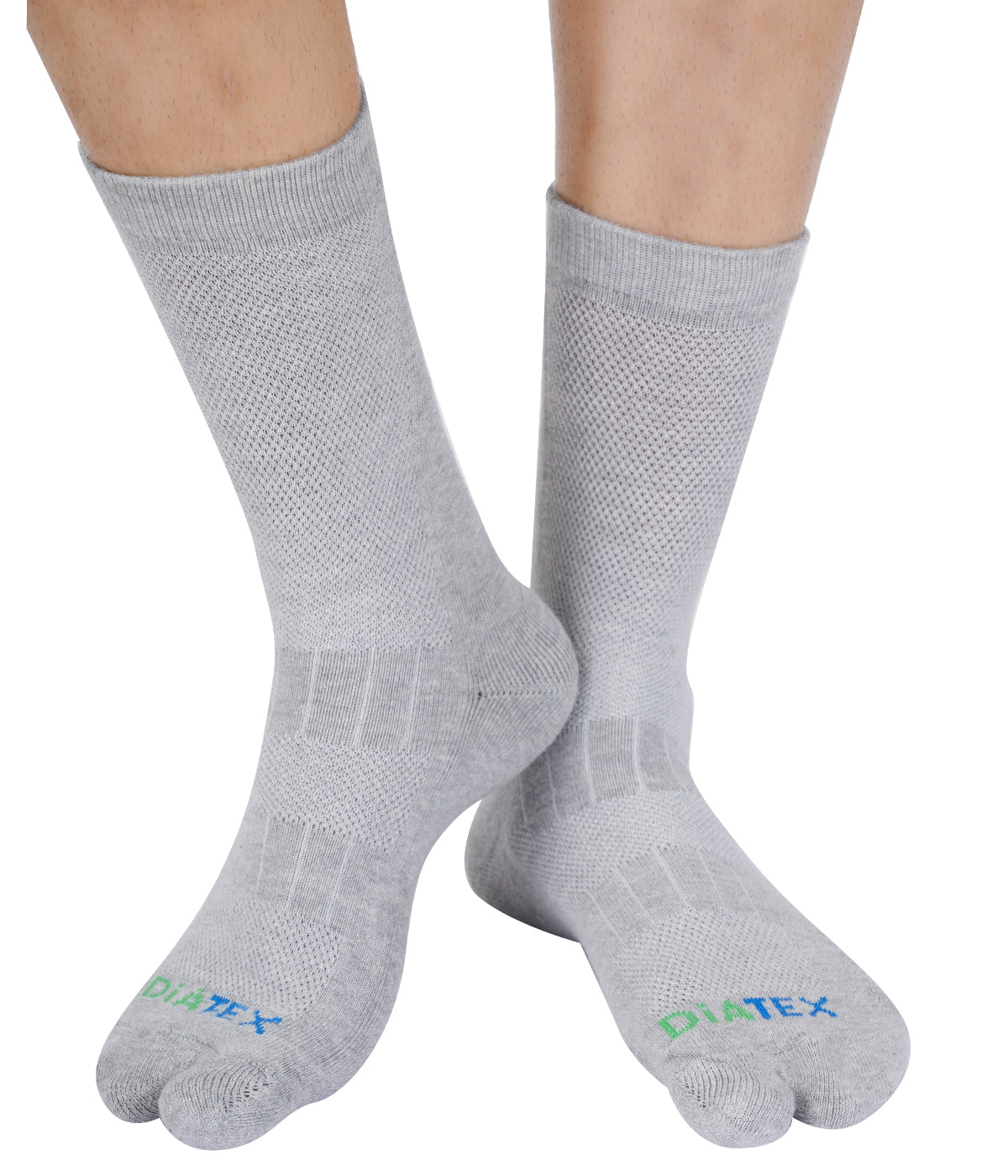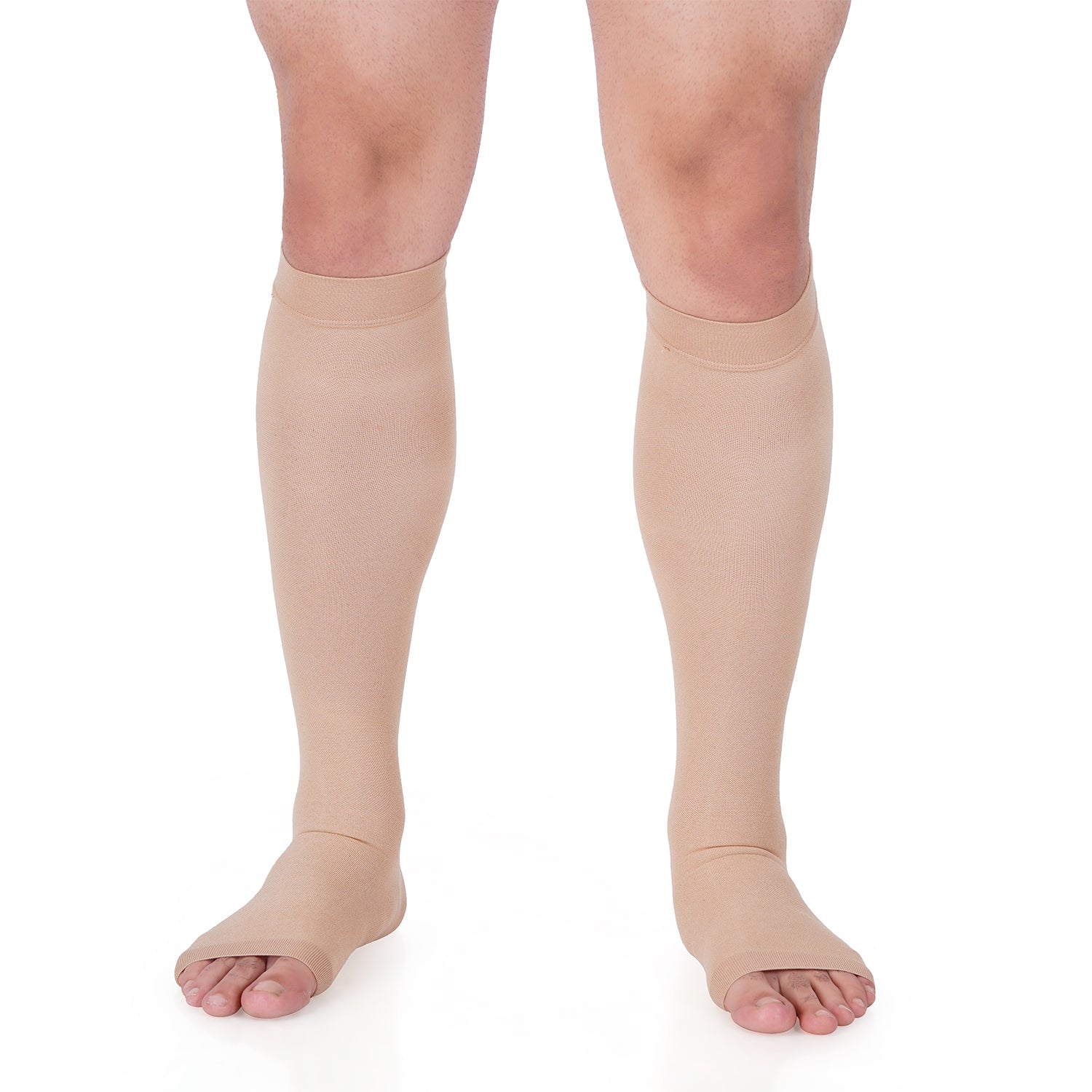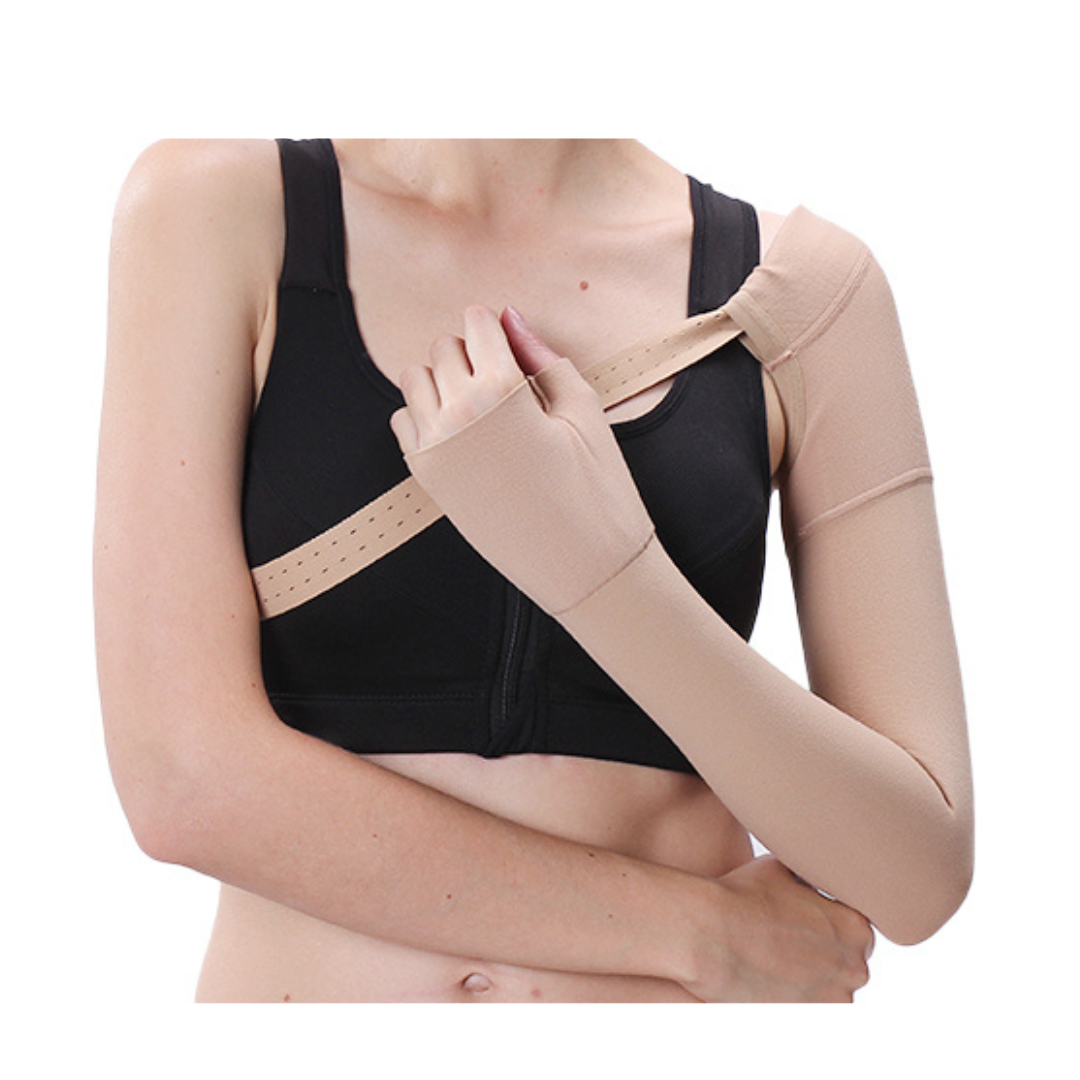The Complete Guide to Compression Stockings
If you're looking for an easy, non-invasive way to improve your leg health, compression stockings could be the answer. Often recommended by doctors for a variety of conditions, these specialized garments are far more than just socks. This complete guide will walk you through what compression stockings are, how they work, the different types available, and the immense benefits they offer—especially for those dealing with varicose veins.
What Are Compression Stockings and How Do They Work?
Compression stockings are elastic garments worn around the leg, designed to apply measured pressure to the tissues beneath the skin. This pressure is strongest at the ankle and gradually decreases as it moves up the leg.
The Mechanics of Compression
This graduated pressure serves a vital function:
-
Supports Vein Walls: It gently squeezes the legs, which helps support the walls of your veins.
-
Improves Blood Flow: It encourages blood to flow more efficiently back up toward your heart, working against gravity.
-
Prevents Pooling: By preventing blood from pooling in the lower legs and ankles, it reduces swelling and the feeling of heaviness.

Essentially, they act as a temporary "second muscle" to assist your circulatory system, making them a key tool in the management of chronic venous issues.
Who Should Wear Compression Stockings? 🩺
While many people can benefit from the general circulatory boost, they are most often prescribed or recommended for specific groups and conditions:
1. Varicose Veins and Spider Veins
Varicose veins stockings are the most common application. Varicose veins are caused by damaged valves in the veins, leading to blood pooling, which makes the veins enlarged and twisted. Compression helps to:
-
Reduce Symptoms: Alleviate the pain, aching, and heaviness associated with varicose veins.
-
Prevent Progression: Slow the development of new or worsening varicose veins.
2. Edema (Swelling)
They help move excess fluid away from the lower limbs, significantly reducing swelling in the ankles and feet.
3. Deep Vein Thrombosis (DVT) Prevention
For those who are immobile for long periods (e.g., after surgery, during long flights), compression stockings / TED stockings reduce the risk of blood clot formation.
4. Pregnancy
Increased blood volume during pregnancy can lead to swollen legs and an increased risk of venous issues. Maternity Compression socks helps maintain circulation and comfort.
5. Prolonged Standing or Sitting
Professionals like nurses, teachers, or office workers who spend hours on their feet or sitting down use them to prevent fatigue and leg discomfort.
Different Types of Compression Stockings Explained
When shopping for compression stockings, you'll primarily encounter differences in length and pressure level.
A. Length & Style
| Style | Description | Best For |
| Knee-High | Extends just below the knee. Most common type. | Swelling below the knee, minor varicose veins, DVT prevention. |
| Thigh-High | Extends up to the groin area. | Venous issues or swelling that extends above the knee. |
| Pantyhose/Tights | Covers the entire leg and waist. | Swelling in the thigh and groin, or for post-surgical recovery. |
B. Compression Levels (Pressure)
Compression is measured in millimeters of mercury (mmHg). It's crucial to select the correct pressure, often guided by a medical professional.
| Level (mmHg) | Description | Typical Use |
| 8–15 (Mild) | Over-the-counter daily wear. | Mild fatigue, minor swelling, general comfort for long travel/standing. |
| 15–21 (Moderate) | Most common prescription level. | Prevention of DVT, moderate varicose veins, moderate swelling, post-sclerotherapy. |
| 23–32 (Firm) | Typically requires a prescription. | Severe varicose veins, significant edema, venous ulcers. |
| 34–46+ (Extra Firm) | High-level medical application. | Severe chronic venous insufficiency. |
The Benefits of Wearing Compression Stockings 🌟
Integrating compression stockings into your daily routine offers a powerful package of health and comfort benefits:
-
Relief from Pain and Heaviness: They immediately reduce the aching, throbbing, and feeling of leaden legs, especially at the end of the day.
-
Reduced Swelling (Edema): By limiting the pooling of fluid, they keep your feet and ankles from swelling up.
-
Improved Appearance: While they don't cure varicose veins, they can help prevent them from worsening and sometimes minimize their appearance by reducing the associated swelling.
-
Boosted Energy: Better circulation means less work for your heart and legs, leading to reduced leg fatigue and an overall feeling of increased vitality.
-
Protection Against Complications: They are essential in preventing serious issues like deep vein thrombosis (DVT) and venous ulcers for at-risk individuals.
Tips for Choosing and Wearing Your Compression Stockings
To get the most benefit, proper fit and care are key!
-
Get Measured: For the best results, especially with medical-grade compression, have your legs measured (typically in the morning when swelling is minimal) by a professional.
-
Ease of Use: If you struggle to pull on traditional socks, look for open-toe styles or donning aids (special tools) to make application easier.
-
Proper Care: Wash your stockings daily with mild soap and cold water, and air dry them. Avoid harsh chemicals or machine drying, as these can break down the elastic fibers and reduce the effective compression.
-
Replace Regularly: The elastic will lose its 'snap' over time. Depending on wear, most stockings need replacement every 3 to 6 months to maintain their effective compression level.
Don't let tired, achy legs slow you down. By understanding the uses, types, and benefits, you can make an informed choice and take a proactive step toward better leg health today with the right pair of Medtex compression stockings or varicose veins stockings.

